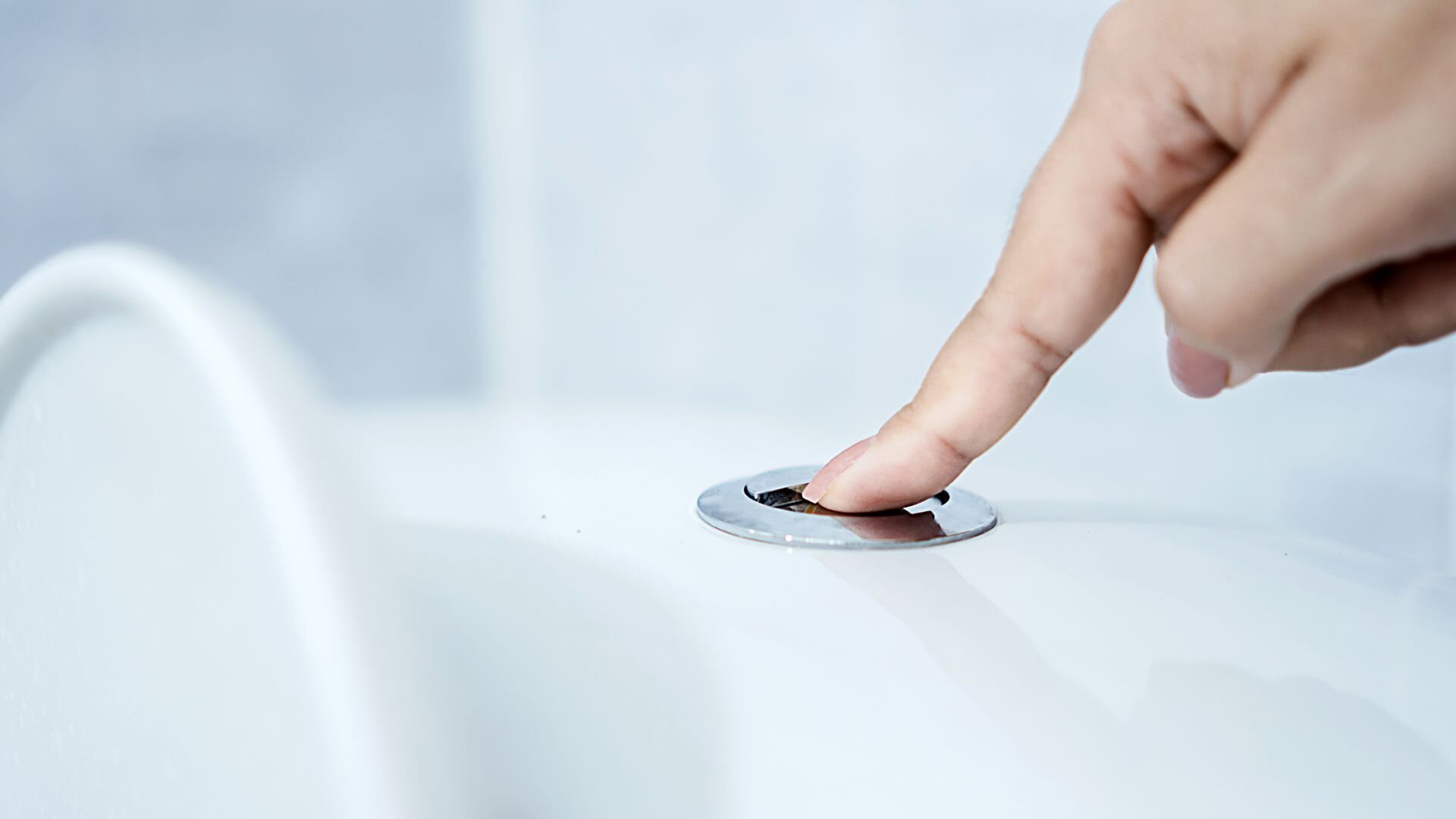
Few things are more inconvenient than finding your toilet clogged with too much toilet paper just when you need it the most. If you’ve discovered you’re out of plungers, don’t panic. Take a deep breath - there are plenty of solutions at hand!
If you’re facing a blocked toilet and don’t have a plunger, there are still plenty of effective methods you can try. This guide explores simple hacks using everyday household items. From a wire hanger to chemical drain cleaners, we’ll show you how to get things flowing again quickly. Read on to discover plunger-free solutions perfect for those unexpected toilet troubles.
How to Clear a Toilet Paper Blockage Without a Plunger
You can try several methods (with or without a plunger) to fix toilet clogs that won’t require a plumber. Here’s how:
1. Use a wire coat hanger
Straighten out a wire coat hanger entirely until it is straight like a wire. Grip the end with the hook and carefully insert it into the toilet, bending it to follow the trapway curve. Move the hanger up and down vigorously while twisting it to physically break apart the wad of paper. Be wary of sharp edges to avoid punctures.
2. Pour in boiling water.
Boil a full kettle or pot of water, making sure it heats thoroughly. Carefully carry it to the toilet and gradually pour the hot water into the bowl, focusing on the blockage. The heat can help soften the compacted paper, washing away small bits. If necessary, repeat with more water, but be careful not to lean over the toilet while doing this.
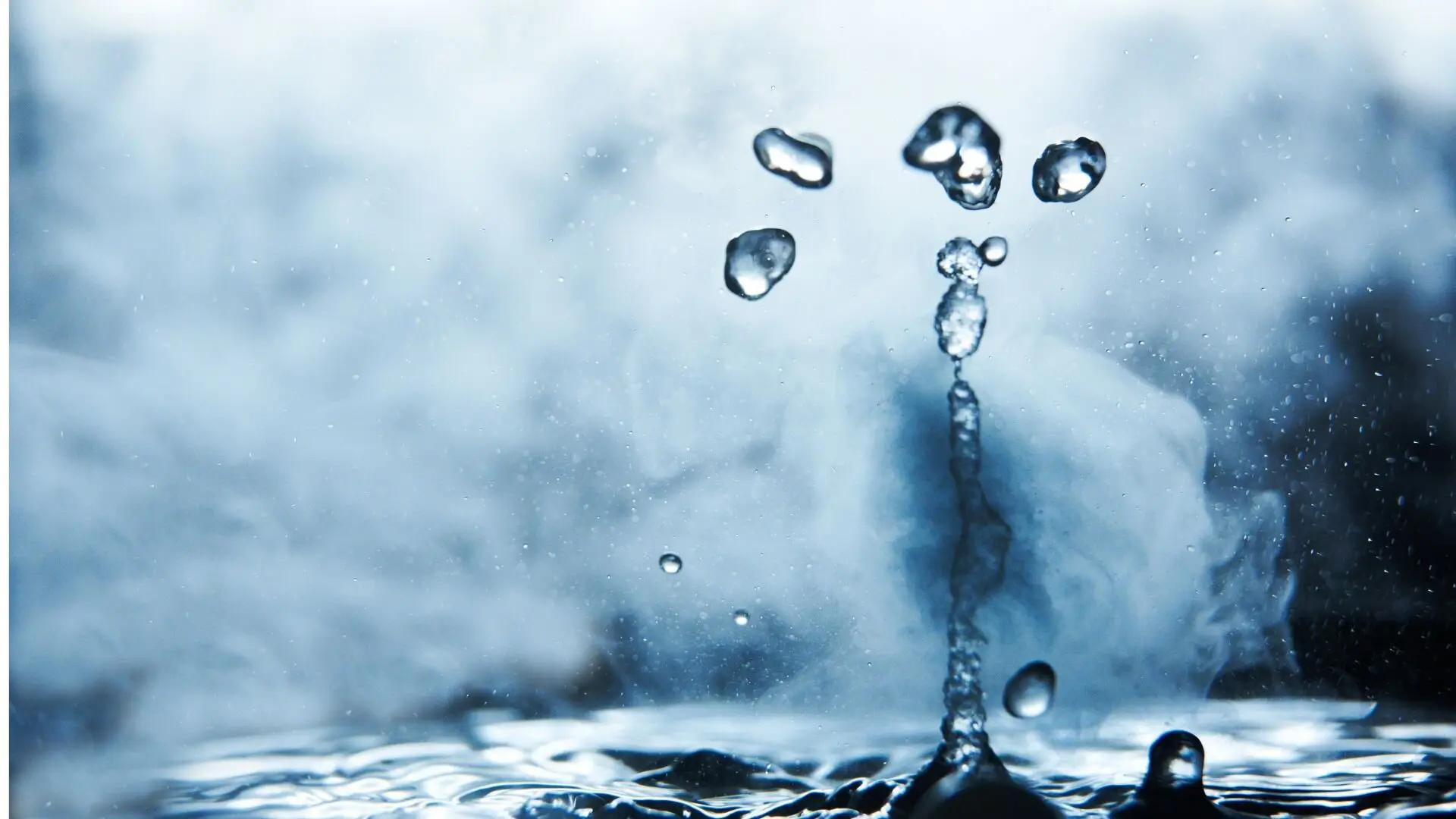
3. Try a drain snake.
Drain snakes come in various lengths and can be used from the toilet. Insert the flexible plastic or steel coil into the drain opening, angling it to follow the distinctive U-bend trapway. Twist the tool handle clockwise while applying pressure to force the tip through debris, breaking it into smaller pieces that may drain out. Twist and pull the snake out to remove any loosened material trapped on coil vanes.
4. Pour in baking soda.
Baking soda reacts chemically with vinegar, producing carbon dioxide bubbles. Add 1/2 cup baking soda directly into the toilet bowl water surrounding the blocked toilet. Slowly pour 1/2 cup of distilled white vinegar down the inside of the bowl to avoid splashes. Stand back as a fizzy foam reaction occurs, potentially breaking apart paper. Let it sit for 15 minutes, then flush it repeatedly.
5. Use drain cleaner gel.
Use caustic drain cleaners cautiously, following directions. Opt for a gel version for precision. Apply the gel directly to visible clogs and allow it to sit for 5-30 minutes, depending on the product’s instructions. After this, flush several times to clear the clog. Rinse with water to remove any leftover residue.
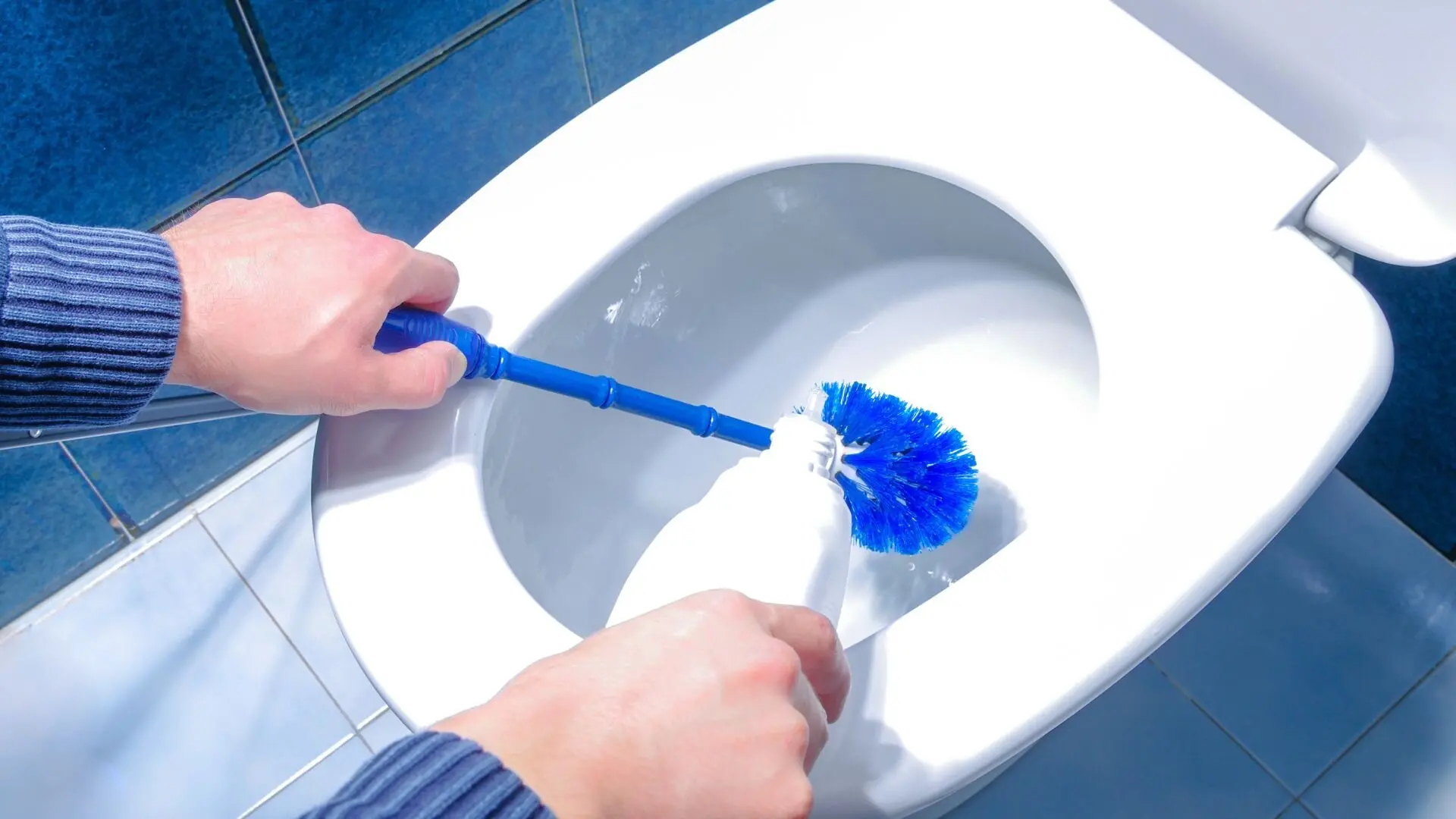
6. Flush repeatedly with dish soap.
Add 1 cup of dish soap to the water bowl and let it sit for 10 minutes before flushing. Repeat this process multiple times, using more soap if needed, as its surfactants cut through grease that may bind paper together. The extra flushes help remove any loosened material.
7. Compress air into the toilet.
Gather a small bucket you don’t mind sacrificing and place it inverted over the toilet bowl opening, pressing tightly at its rim to form a seal. Briskly pump the bucket several times to compress pockets of air into the toilet drain trapway, hopefully dislodging the clog through sudden pressure changes.
8. Try forcing water pressure.
Aim a handheld shower head hose directly into the toilet bowl from above at full pressure. Focus the jet stream on clogged areas while rapidly turning the hose to break up the paper using intense agitation and current. Shut off immediately if water begins to rise in the bowl.
9. Use a toilet auger.
Some specialised tools involve manually inserting a flexible cable, continuous coil, or cup apparatus into the toilet and maneuvering it in a controlled manner to break up obstructions frictionally. Techniques vary by tool design, so read instructions carefully and take precautions for safety and proper use.
10. Seek an automatic toilet auger.
Locate, borrow, or rent a powered toilet auger designed for drain cleaning professionals as a last resort. These augers work quickly, with an electric motor automatically turning the auger cable while pressurised water jets help flush out debris. Monitor their progress and use care to prevent porcelain damage. Know when to call in capable help instead.
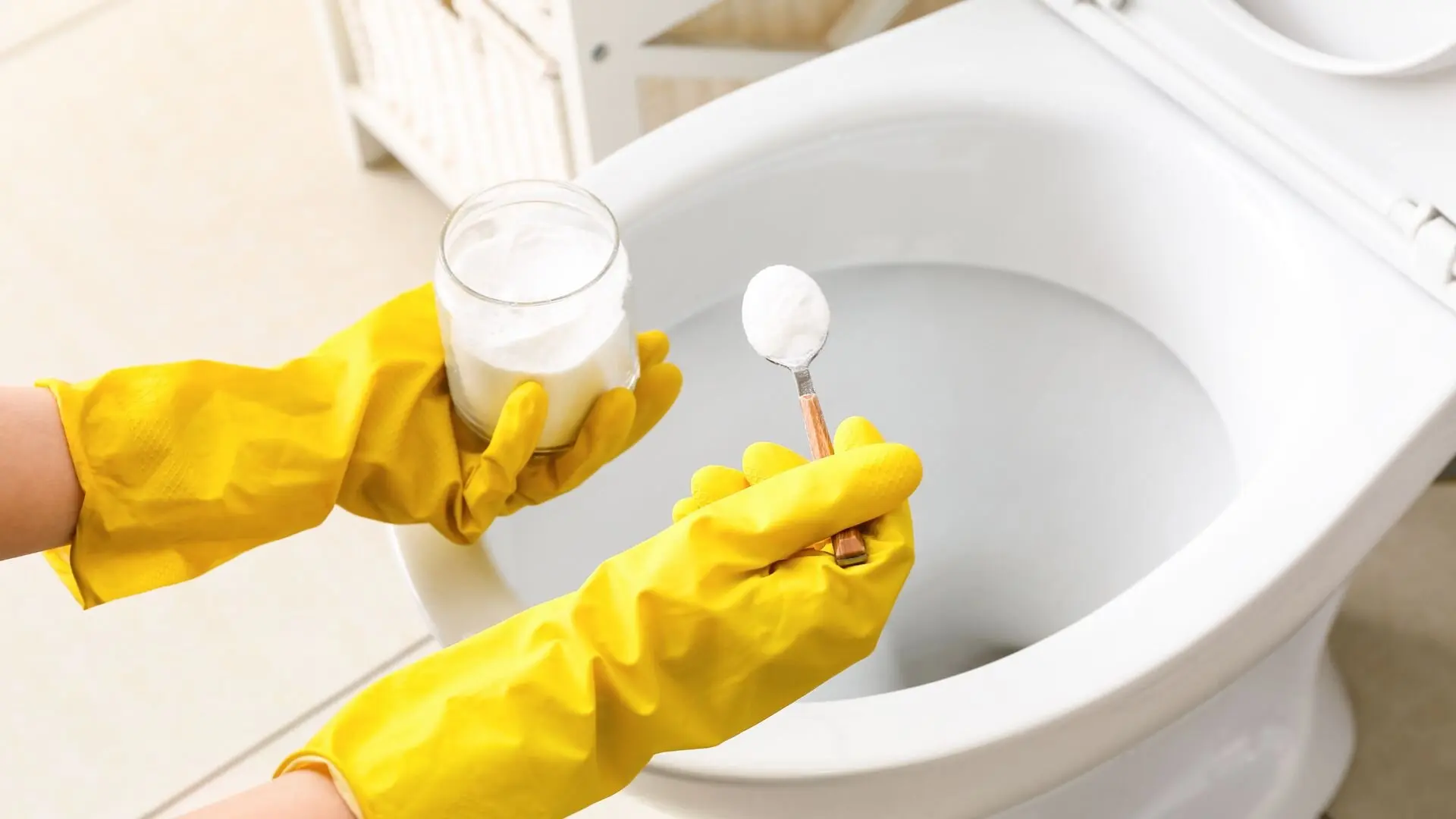
FAQs
What if the clog is too big for a wire hanger to handle?
For massive clogs, a wire hanger may need to be fixed. Use a plastic or steel drain snake instead to break up a more extensive blockage. Chemical drain cleaner or the baking soda/vinegar solution may also be more effective.
Is it safe to use drain cleaner when kids are home?
For safety, only use drain cleaners when children are not present. Follow all instructions carefully and store products out of reach. Air out the bathroom afterwards. Simpler methods, like boiling water or baking soda, maybe better if kids are around.
How long should I let baking soda and vinegar sit?
Generally, allow the baking soda or vinegar mixture to sit for 15-30 minutes. The longer it foams, the more it can help break up debris in hard-to-dissolve areas. But don’t let it sit for more than an hour.
What if it still doesn’t unclog after multiple tries?
If the toilet still refuses to flush after you’ve tried everything, it might be time to call a plumber. The blockage could be too stubborn for DIY solutions or may need specialised equipment. Avoid causing further damage by persisting with temporary fixes.
Is there a homemade substitute for drain cleaner gel?
While nothing fully duplicates commercial drain cleaners, boiling water mixed with baking soda or washing soda has similar effects. Allow the mixture to cool before pouring slowly down the drains.
Can I pour boiling water down a toilet if there’s no clog?
Boiling water can be used as a periodic disinfecting rinse for unclogged toilets, but excessive heat over time could damage seals or the porcelain fixture. Lukewarm water is sufficient for regular flushing and cleaning when not dealing with a clog.
Should I use crystal drain cleaner instead of gel?
Crystal-type drain cleaners are usually too harsh for toilets unless formulated explicitly for them. Gel or liquid formulas are gentler on fixtures and safer to directly apply to problem areas without damaging other pipes or surfaces.
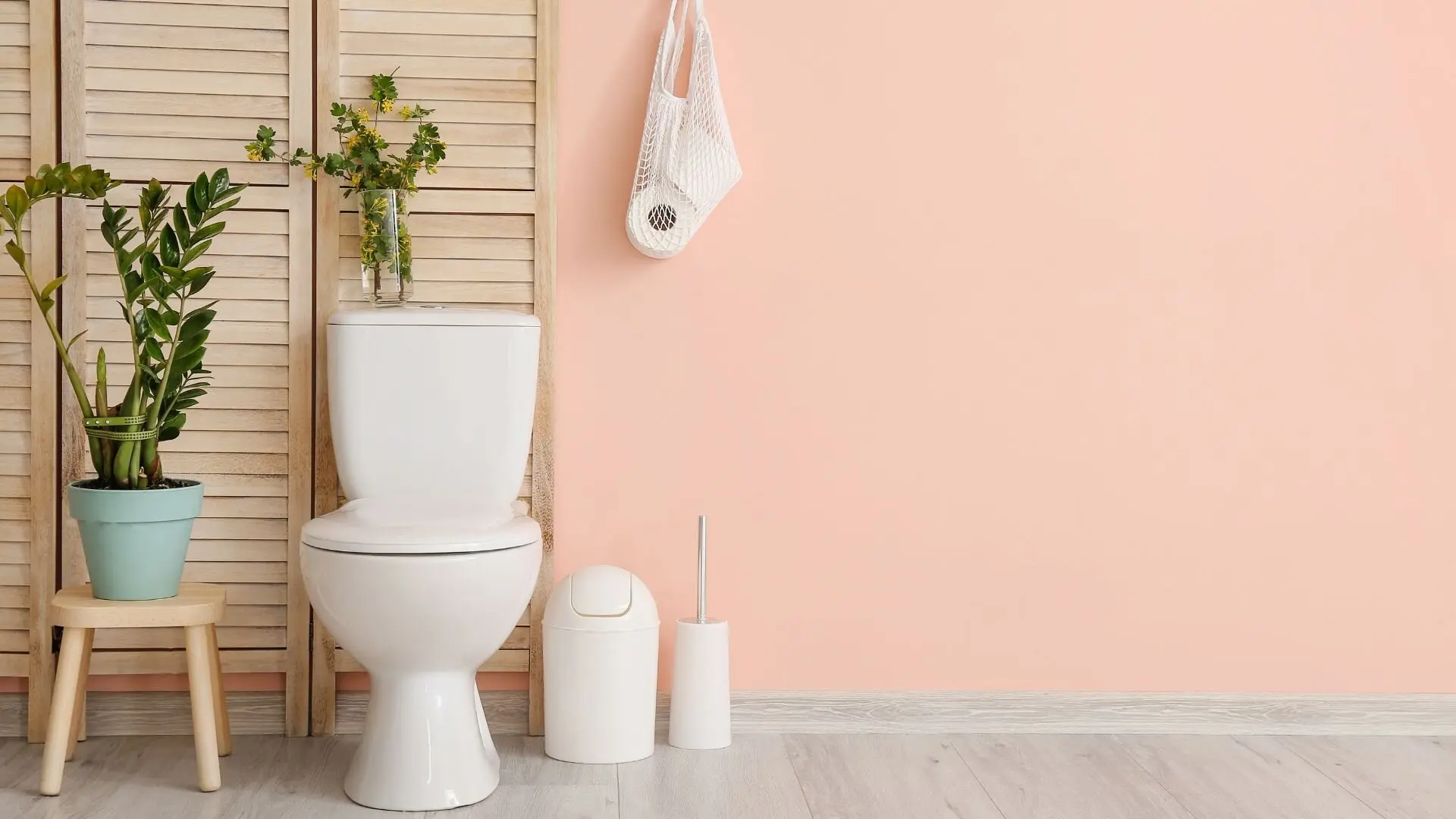
Quick Hacks Saved the Day!
Luckily, one of these plunger-less techniques will dissolve toilet paper clog problems. Just remember to exercise caution with chemical methods and always supervise children. Whether you scored yourself an emergency win with a wire hanger or the blockage defeated your last-ditch baking soda fuse, take comfort that relief is only a call away.
Fixed Today specialises in all types of professional plumbing and toilet drain repairs. But our expertise doesn’t stop at unclogging drains - we can also inspect your home’s entire plumbing system, address maintenance issues, and install accessible backups like supply line valves.
If you find yourself in need of a professional, the expert plumbers at Fixed Today have both the skills and equipment to tackle even the most stubborn clogs, ensuring your toilet is quickly back in action. Don’t hesitate to reach out for any plumbing needs, big or small. Your home’s well-being is important to us.














